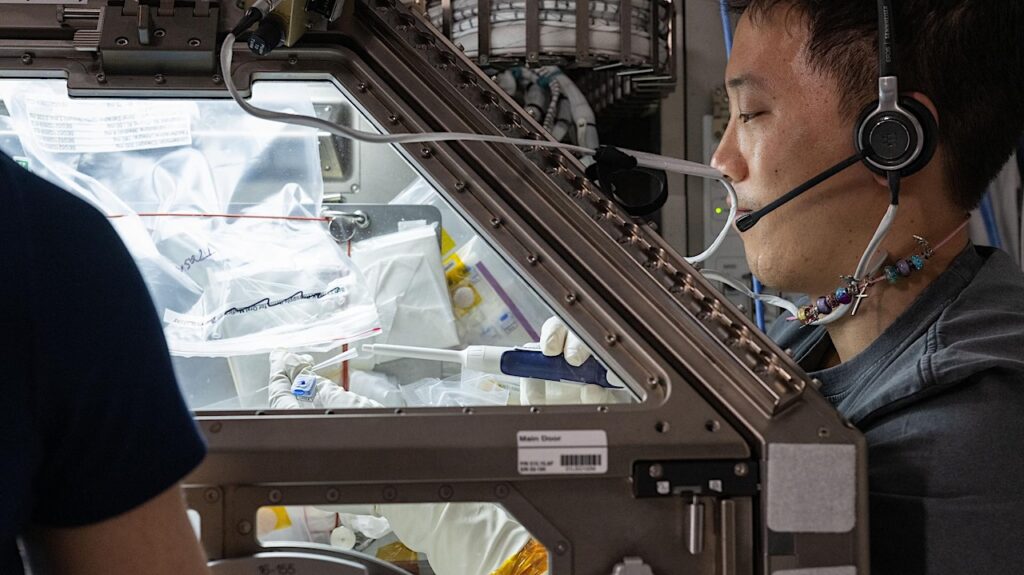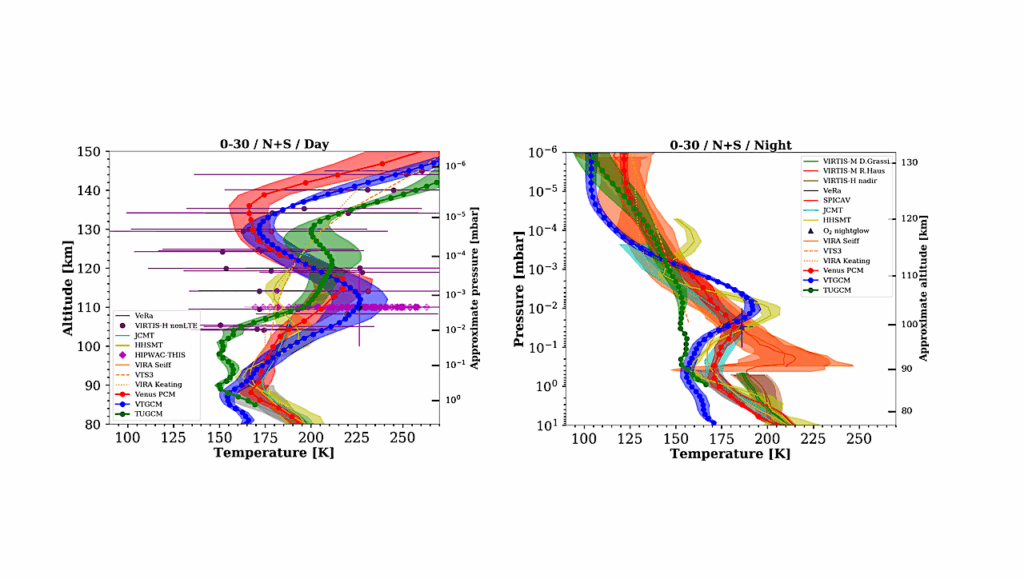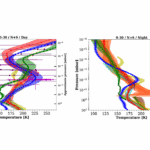Now Reading: Revolutionary AI System Achieves 600× Speed Breakthrough in Detection of Signals from Space
-
01
Revolutionary AI System Achieves 600× Speed Breakthrough in Detection of Signals from Space
Revolutionary AI System Achieves 600× Speed Breakthrough in Detection of Signals from Space
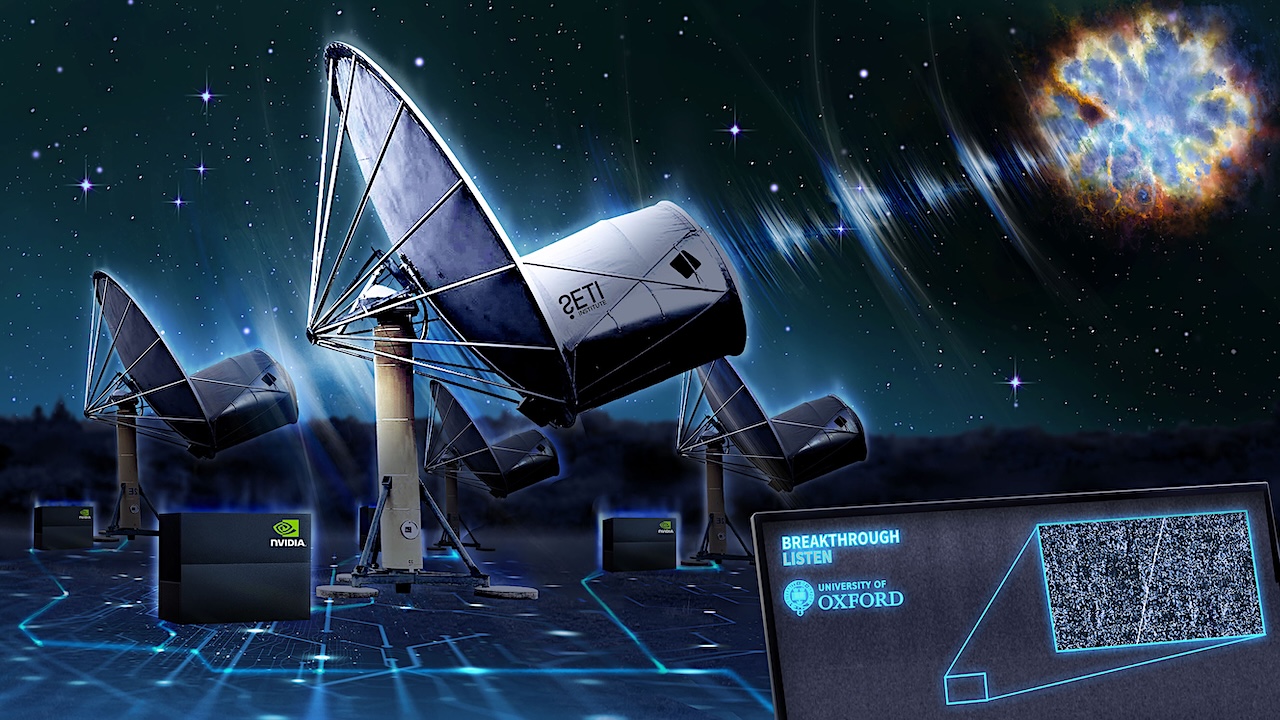
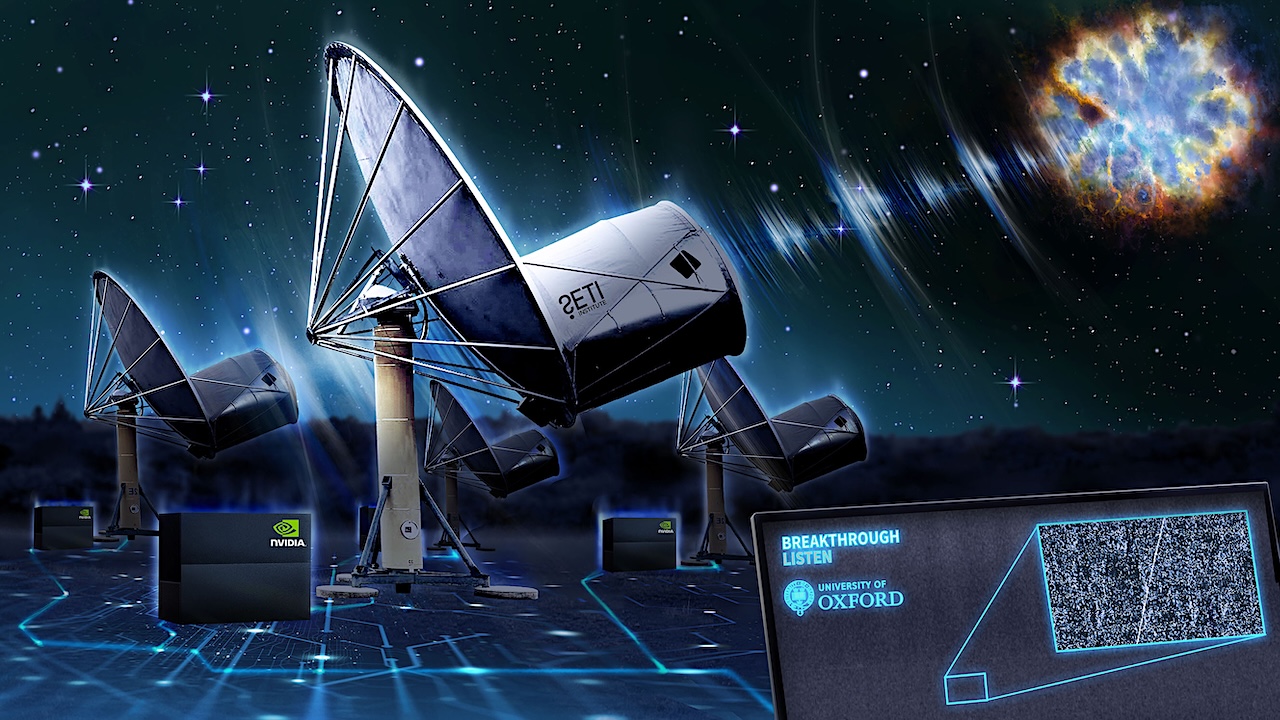
graphical abstract – University of Oxford/Breakthrough Listen
In an exciting leap forward for astronomy, researchers at the Breakthrough Listen initiative, in partnership with NVIDIA, have achieved a groundbreaking advancement in the search for Fast Radio Bursts (FRBs), developing an artificial intelligence system that dramatically outperforms existing detection methods while operating at unprecedented speeds. The new technology promises to revolutionize not only FRB astronomy but also the search for technosignatures – potential signals from extraterrestrial civilizations.
The system, detailed in the peer-reviewed journal Astronomy & Astrophysics (A deployed real-time end-to-end deep learning algorithm for fast radio burst detection, Astronomy & Astrophysics – open access), has been deployed on the Allen Telescope Array in California. It uses the NVIDIA Holoscan platform, developed for processing massive streaming datasets in diverse formats, leveraging the platform to process data in real-time without requiring traditional “dedispersion” techniques that search through thousands of possible signal parameters.
The performance improvements are staggering. The current state-of-the-art pipeline at the Allen Telescope Array requires approximately 59 seconds to process 16.3 seconds of observational data – running almost four times slower than real-time. The new end-to-end AI system processes the same data 600 times faster, enabling it to operate over 160 times faster than real-time constraints.
“This represents a paradigm shift in how we search for fast transient phenomena across the cosmos,” said Peter Ma, now pursuing graduate studies at UC Berkeley, who led the paper while still an undergraduate at the University of Toronto. “We’ve created a system that can outpace massive data streams while maintaining sensitivity to detect the unexpected.”
The system achieved 7% better accuracy than existing pipelines while reducing false positives by nearly 10-fold. This dramatic reduction in false positives is crucial for future surveys that may need to sift through millions of candidate signals, including potential technosignatures that could easily be lost in a sea of false alarms. Rapid and precise detection is essential, enabling immediate follow-up observations that could help astronomers identify the source events of FRBs, or even confirm evidence of intelligent life beyond Earth.
The AI system’s ability to recognize complex signal patterns opens entirely new possibilities for technosignature research.
“This technology doesn’t just make us faster at finding known types of signals – it enables us to discover completely unexpected signal morphologies,” said Dr. Andrew Siemion, Principal Investigator for the Breakthrough Listen Initiative. “An advanced civilization might use burst-like communications, modulated signals, or transmission schemes we haven’t even imagined. This AI system can learn to recognize patterns that a human might miss entirely.”
In a test of the system, it successfully detected giant pulses from the Crab Pulsar, easily coping with the 86 gigabit per second data stream. The technology could be deployed at telescopes around the globe, creating a planetary-scale detection system for both natural phenomena and potential extraterrestrial signals.
This latest research builds upon earlier groundbreaking work by scientists and engineers at Breakthrough Listen (headquartered at the University of Oxford) and collaborators, pushing the boundaries of what real-time AI processing can achieve. The initiative with NVIDIA and academic partners underscores the importance of interdisciplinary innovation in advancing astronomy and the search for life.
Breakthrough Listen, headquartered at the University of Oxford, is the world’s most comprehensive search for “technosignatures”, or signs of intelligent life in the Universe. Listen collaborates with facilities around the globe, including many of the most powerful radio telescopes, as well as cutting-edge observatories operating in other regions of the electromagnetic spectrum. It aims to survey one million nearby stars, the entire galactic plane and 100 nearby galaxies.
The Breakthrough Initiatives are a suite of scientific and technological programs investigating the fundamental questions of life in the Universe. The Breakthrough Initiatives are funded by the Breakthrough Foundation co-founded by Yuri and Julia Milner. Additional information: Breakthroughinitiatives.org.
A deployed real-time end-to-end deep learning algorithm for fast radio burst detection, Astronomy & Astrophysics (open access)
Astrobiology, Astronomy, SETI, technosignature,
Stay Informed With the Latest & Most Important News
Previous Post
Next Post
-
 01From Polymerization-Enabled Folding and Assembly to Chemical Evolution: Key Processes for Emergence of Functional Polymers in the Origin of Life
01From Polymerization-Enabled Folding and Assembly to Chemical Evolution: Key Processes for Emergence of Functional Polymers in the Origin of Life -
 02Panasonic Leica Summilux DG 15mm f/1.7 ASPH review
02Panasonic Leica Summilux DG 15mm f/1.7 ASPH review -
 03How New NASA, India Earth Satellite NISAR Will See Earth
03How New NASA, India Earth Satellite NISAR Will See Earth -
 04And Thus Begins A New Year For Life On Earth
04And Thus Begins A New Year For Life On Earth -
 05Astronomy Activation Ambassadors: A New Era
05Astronomy Activation Ambassadors: A New Era -
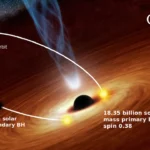 06Two Black Holes Observed Circling Each Other for the First Time
06Two Black Holes Observed Circling Each Other for the First Time -
07SpaceX launch surge helps set new global launch record in 2024












